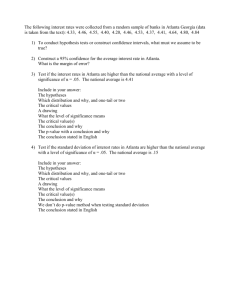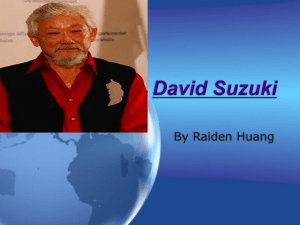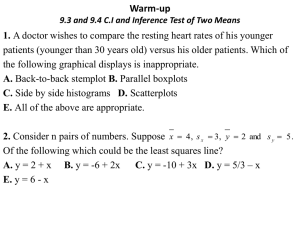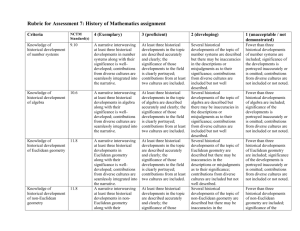generating powerful understandingsd of historical
advertisement
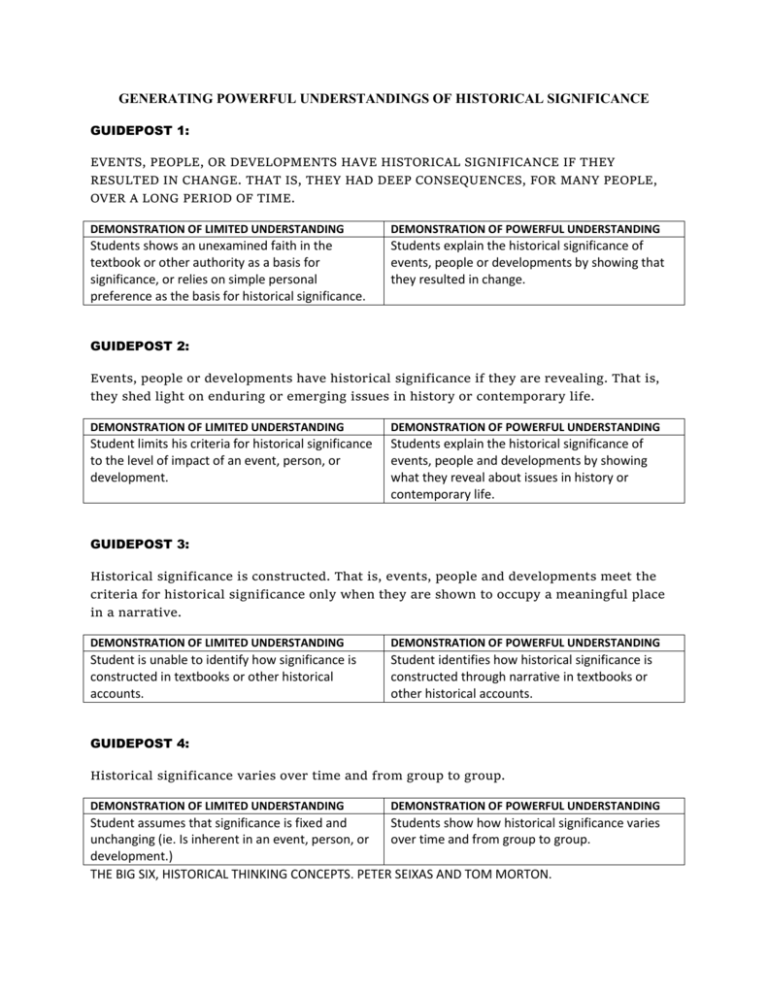
GENERATING POWERFUL UNDERSTANDINGS OF HISTORICAL SIGNIFICANCE GUIDEPOST 1: EVENTS, PEOPLE, OR DEVELOPMENTS HAVE HISTORICAL SIGNIFICANCE IF THEY RESULTED IN CHANGE. THAT IS, THEY HAD DEEP CONSEQUENCES, FOR MANY PEOPLE, OVER A LONG PERIOD OF TIME. DEMONSTRATION OF LIMITED UNDERSTANDING DEMONSTRATION OF POWERFUL UNDERSTANDING Students shows an unexamined faith in the textbook or other authority as a basis for significance, or relies on simple personal preference as the basis for historical significance. Students explain the historical significance of events, people or developments by showing that they resulted in change. GUIDEPOST 2: Events, people or developments have historical significance if they are revealing. That is, they shed light on enduring or emerging issues in history or contemporary life. DEMONSTRATION OF LIMITED UNDERSTANDING DEMONSTRATION OF POWERFUL UNDERSTANDING Student limits his criteria for historical significance to the level of impact of an event, person, or development. Students explain the historical significance of events, people and developments by showing what they reveal about issues in history or contemporary life. GUIDEPOST 3: Historical significance is constructed. That is, events, people and developments meet the criteria for historical significance only when they are shown to occupy a meaningful place in a narrative. DEMONSTRATION OF LIMITED UNDERSTANDING DEMONSTRATION OF POWERFUL UNDERSTANDING Student is unable to identify how significance is constructed in textbooks or other historical accounts. Student identifies how historical significance is constructed through narrative in textbooks or other historical accounts. GUIDEPOST 4: Historical significance varies over time and from group to group. DEMONSTRATION OF LIMITED UNDERSTANDING DEMONSTRATION OF POWERFUL UNDERSTANDING Student assumes that significance is fixed and Students show how historical significance varies unchanging (ie. Is inherent in an event, person, or over time and from group to group. development.) THE BIG SIX, HISTORICAL THINKING CONCEPTS. PETER SEIXAS AND TOM MORTON.


